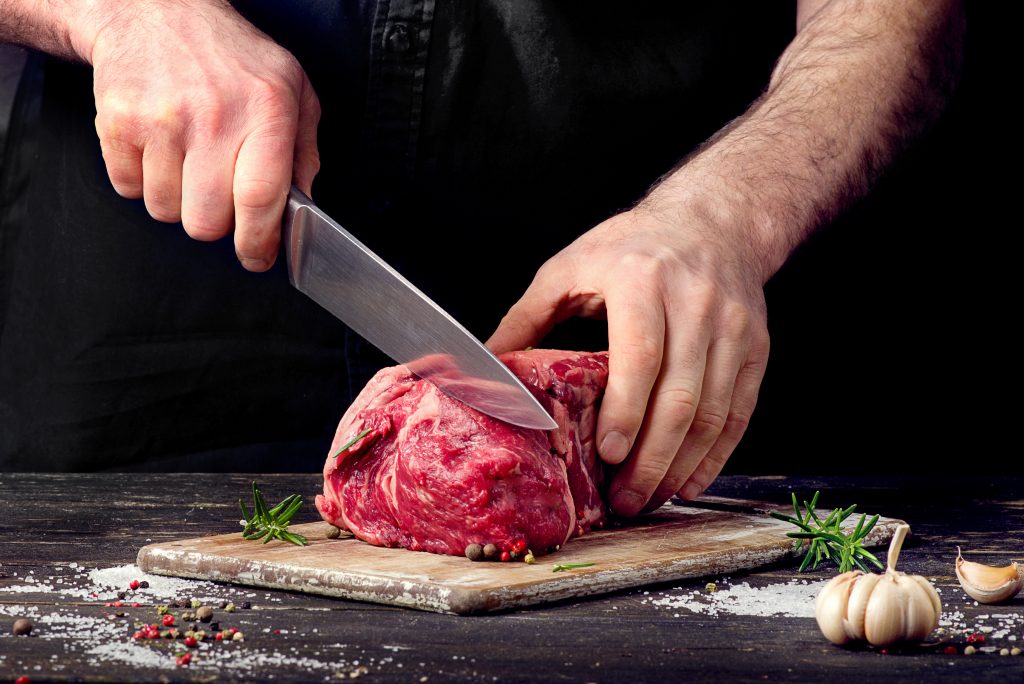According to the FDA and data provided by the CDC (Centers for Disease Control), approximately 48 million people get sick, with around 128,000 requiring hospitalization and 3,000 dying from food-borne diseases every year.1
In order to reduce the occurrence of food-borne diseases, the FDA (Food & Drug Administration) publishes updates to the Food Code on a regular basis. The last overhaul of existing standards was completed in 2017, along with some minor updates for 2018.
As a restaurant owner, it is your responsibility to review current Food Code requirements to ensure your practices are HCAAP-compliant. HCAAP compliance includes specific methods you can use to help evaluate and identify potential safety hazards and develop effective control practices like:
- Completing an analysis of current practices to identify potential hazards.
- Reviewing critical control points where food is at the most risk.
- Creating appropriate critical limits for each control point.
- Putting an effective monitoring process in place.
- Creating guidelines for what corrective actions will be taken.
- Creating appropriate methods for verification processes.
- Documenting and recording monitoring data, frequency, and other vital details.
- Training employees on the established methods, processes, and procedures.
Part of food safety and various regulations is how your equipment is used and cleaned. For example, current regulations require keeping raw and prepared foods separate. This regulation further requires that raw vegetables, fruits, and meat be kept in different locations from each other.
Furthermore, raw meat, poultry, and fish should never come into contact with each other while raw. In regards to raw fruits and vegetables, washed items need to be stored separately from unwashed items.
During preparation, restaurants should have different preparation tools and areas for specific raw foods. For instance, you would not want to use the same cutting board and chef’s knife on raw poultry and raw beef.

Another part of food safety is ensuring that the cross-contamination of equipment, cleaning materials, and cleaning supplies is prevented. All equipment should be cleaned after use, following the FDA’s Food Code. This often requires washing equipment in hot water and sanitizing it using an appropriate sanitation method.
Cleaning materials and cleaning supplies need to be labeled. You should have separate storage areas for the cleaning supplies used in the kitchen, in the front of the house, and in the bathrooms. They should never be stored in the same storage locations. The last thing you want is an employee grabbing the mop used to mop bathroom floors and using it in the kitchen.
One effective method to help keep cleaning supplies and cleaning materials separate is to use color coding. Color coding ensures employees are aware of what colored supplies and materials to use where and prevents them from using the wrong ones.
An effective way to monitor and verify food storage methods to satisfy safe food handling is with wireless HCAAP-compliance monitoring equipment. To learn more about this equipment or to see how it works, please feel free to contact ComplianceMate at 678.526.4628 today!
Source:


